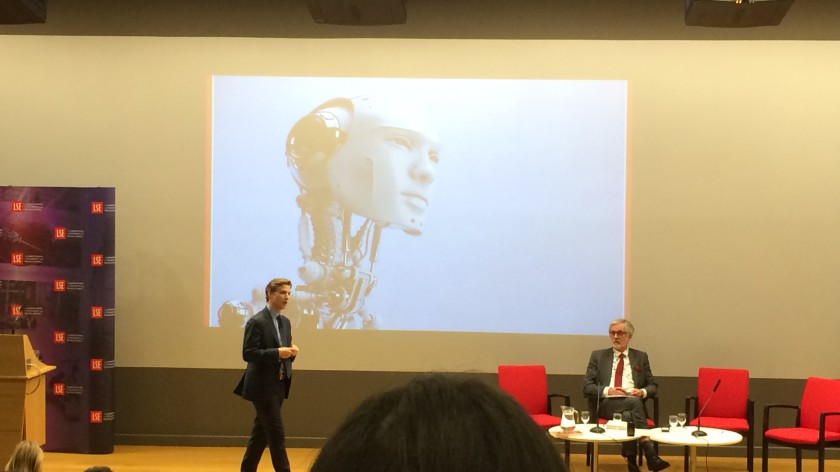Business growth means we're currently recruiting for these roles in our London office, all giving good scope to work on exciting, often global, always culturally focused projects for quite literally the best set of brands in the world...
Senior consultant (qual, trends, innovation)
This role will suit someone with an enthusiasm for combining trends work with getting hands-on interacting (interviews, ethnography, online methods etc) with consumers – aka real life people! You’ll be working as part of a skilled and friendly team on ad hoc projects for seriously exciting brands in the media, tech, fashion, alcohol, entertainment and finance fields. There’s flexibility at the level we bring people in for this role, but would assume you’re currently somewhere between high end SRE level and mid RM level.
What we’re after:
– Track record of insight fieldwork (groups, interviews, ethnography, digital methods – we don’t necessarily expect you to have covered all of these, however)
– An aptitude for project and client management
– A tangible enthusiasm for presenting work, running workshops and for reaching bold conclusions that combine creativity and good commercial sense for our clients
– First rate writing skills (we expect you to be contributing to our blog and producing reports)
– Appetite for trends spotting and trends dissemination
– Hungry also to learn about and apply behavioural thinking and cultural strategy
Associate director/senior consultant (quant & analytics)
An exciting opportunity has opened up for an enthusiastic and confident researcher to join our quant and analytics team (as per this opening being titled as either associate director or senior consultant, there’s some flexibility over the seniority of the role). The successful candidate will get to work on a wide range of ad hoc projects for some of the coolest brands on planet earth. We’re looking for someone with a good understanding of quantitative methodologies, the ability to apply a broad range of techniques and some creativity to the process.
The ideal candidate will have:
– Four plus year’s experience (think high end SRE through to senior RM)
– Able to manage and execute projects successfully from kick off to completion, including presenting with confidence
– An inquisitive and analytical mind, and a love for turning data into compelling stories
– An enthusiasm for thinking beyond the obvious, towards new ways to collect and share data
– Either experience of, or an ambition to, line manage others
– Keen to blend quantitative work with trends, qual and innovative means of creative delivery
Executive (quant & analytics)
This is a entry level opportunity for an enthusiastic and confident individual to join our quant and analytics team. The successful candidate will be responsible for drafting questionnaires, project managing quantitative fieldwork, and analysing data to draw out compelling research findings. You’ll be supported by senior team members to develop your research skills, as you assist on a range of key accounts across categories such as media, tech, retail, alcohol and entertainment brands. While a starter level role, the ideal candidate is likely to exhibit the following:
– Relevant work experience/placements/internships
– An enthusiasm for working with data
– An inquisitive and analytical mind, but also the creativity to think about new and compelling ways to present work and tell stories
– Highly organised, with excellent attention to detail and the ability to work under pressure
– Someone who’s positive, keen to develop, and who can operate with equal ease as part of a team or working autonomously
Project manager
We’re seeking someone for a new project manager role at Crowd DNA, entailing working along our insight consultants, strategists and creatives to ensure we deliver high standard work for our clients at all times. Here’s what we’re after:
– A track record of working in insight; either as a project manager, field manager, or perhaps as a consultant who now favours a switch to the project management side of things!
– Demonstrable skills in managing complex multi-market projects; including timelines, suppliers, clients and budgets
– A deft multi-tasker with an agile approach to working alongside researchers and creatives
– Keen and capable working with diverse digital platforms
– So organised it’s insane…
All roles come with competitive salaries and other benefits; and clear paths to promotion and to new opportunities. It’s an entrepreneurial and energised environment, fast paced and collaborative. If you fancy working in a place where setting the agenda for the future of insight and innovation is coded into the culture, please do get in touch. andy@crowdDNA.com



